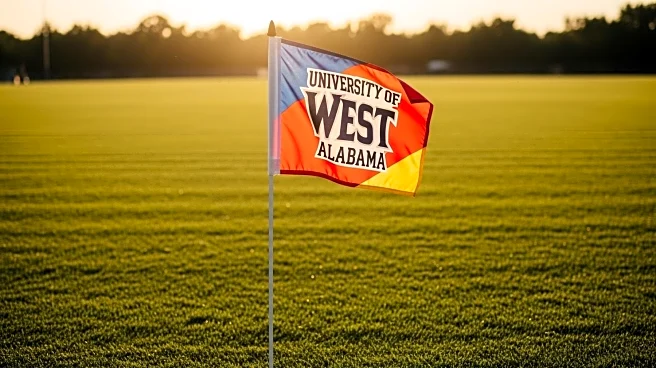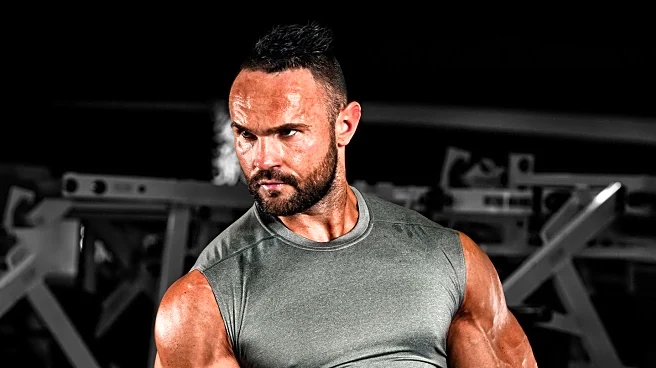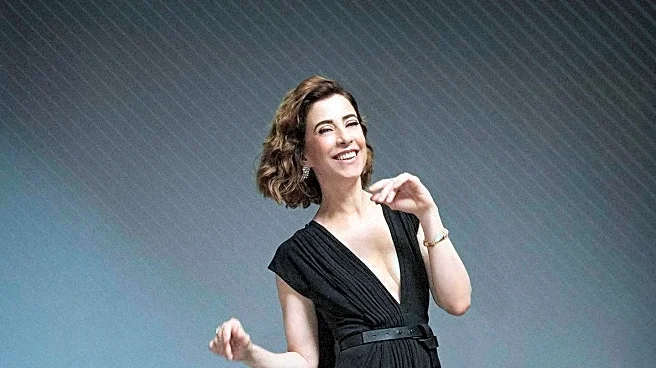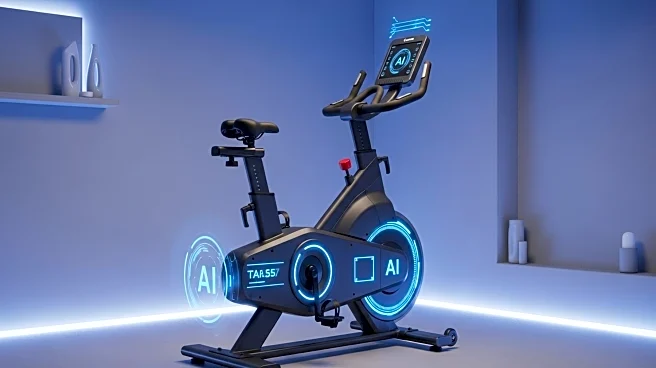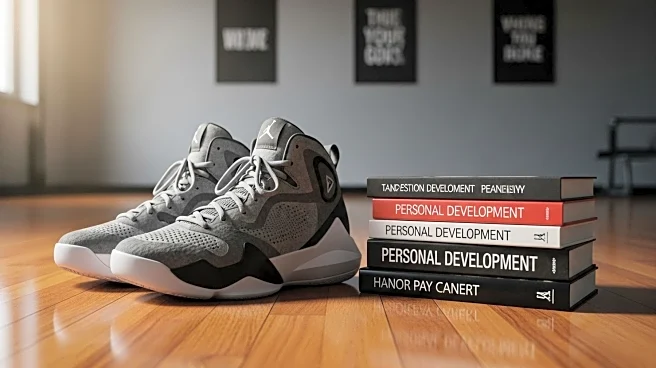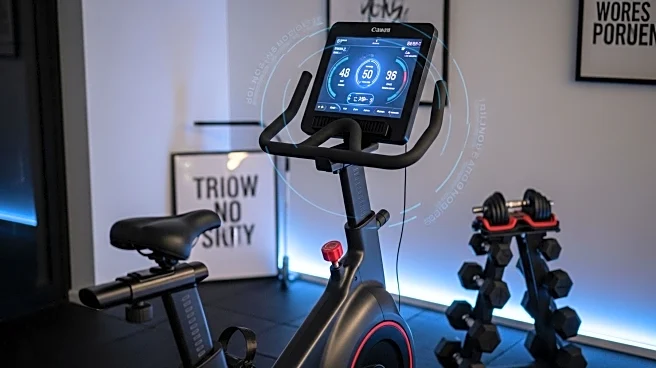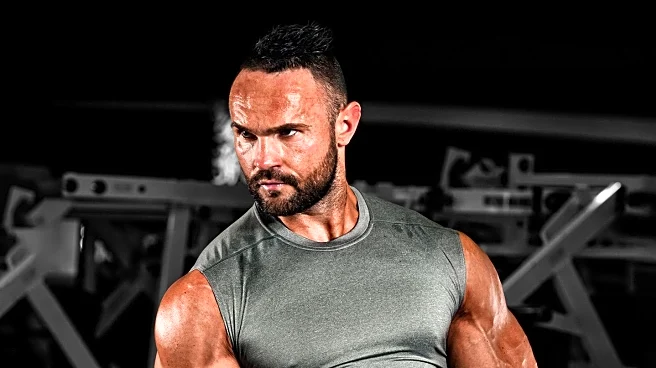What's Happening?
A recent analysis highlights the distinct challenges faced by taller athletes in strength training due to their body mechanics. Taller athletes, characterized by longer limbs, experience a greater moment arm, which is the distance from their center of mass to where force is applied, such as the knee or hip during exercises like squats. This results in increased torque at the joints, requiring more strength to move weights through the same range of motion as shorter athletes. Consequently, taller athletes often need to invest more time in building raw strength to manage these mechanical demands effectively. The discussion, led by Judd Lienhard on Power Athlete Radio, emphasizes the importance of understanding individual leverage and being patient with progression, as taller athletes may not achieve personal records as quickly as their shorter counterparts.
Why It's Important?
The insights into the mechanical differences between taller and shorter athletes have significant implications for sports training and performance optimization. Recognizing these differences can lead to more tailored training programs that accommodate the unique needs of athletes based on their body structure. This understanding can help prevent injuries and improve performance by ensuring that athletes train smarter, not just harder. For coaches and trainers, this knowledge is crucial in developing effective training regimens that maximize an athlete's potential while minimizing the risk of overuse injuries. The broader sports community stands to benefit from these insights, as they can lead to more inclusive and effective training methodologies.
What's Next?
As awareness of these biomechanical differences grows, it is likely that more personalized training programs will be developed for athletes of varying heights. Coaches and sports scientists may increasingly focus on leveraging these insights to enhance training efficiency and effectiveness. This could lead to innovations in sports science research and the development of new training equipment designed to accommodate different body types. Additionally, there may be a push for more educational resources to help athletes and trainers understand and apply these principles in practice.
Beyond the Headlines
The discussion around the mechanical challenges faced by taller athletes also touches on broader themes of inclusivity and personalization in sports training. As the sports industry continues to evolve, there is a growing recognition of the need to move away from one-size-fits-all approaches. This shift towards more individualized training reflects a broader cultural trend towards personalization in various aspects of life, from healthcare to education. By embracing these differences, the sports community can foster a more inclusive environment that celebrates diversity in athleticism.

